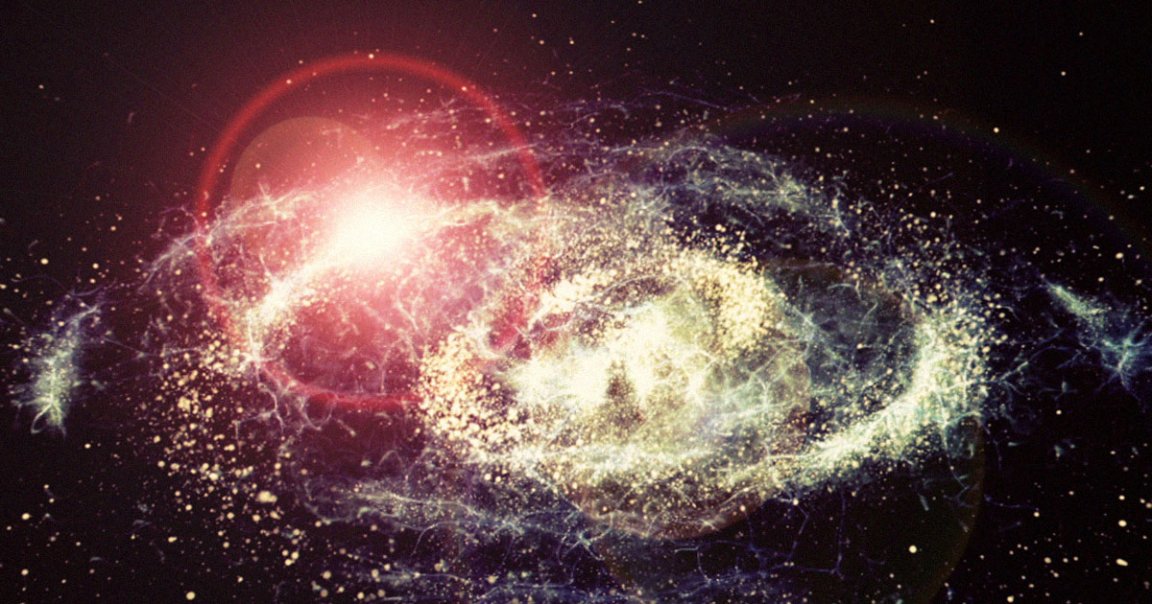
Kilonova Wipeout
Even if they were dozens of light-years away, two colliding neutron stars could create a powerful enough explosion to wipe out life on Earth.
At least, that’s according to a recent paper published in The Astrophysical Journal, in which a team of researchers concluded that a kilonova could pose a major threat to Earth-like planets, even at formidable interstellar distances.
A kilonova is usually the result of a collision involving two neutron stars within a binary system, or when a neutron star and a black hole merge. These collisions release brain-melting amounts of electromagnetic radiation in the form of gamma-ray bursts.
The good news: to our current knowledge, there aren’t any neutron star pairs threatening to merge anywhere near Earth, as Universe Today reports, which means we’re safe from devastating kilonovae. But it’s bad news for any civilizations whose stellar neighbors might be a ticking time bomb.
Too Close for Comfort
The scientists based their research on a kilonova dubbed GW170817, which was detected in 2017 by the LIGO and Virgo gravitational wave observatories, and believed to be triggered by a binary pair of neutron stars merging some 130 million light-years from Earth.
Through computer simulations, the team attempted to estimate the minimum distance at which such an event could still be safe.
They found that a kilonova about 16 light-years from Earth could generate enough of an X-ray afterglow to ionize our atmosphere. Even at distances of up to 36 light-years away, the kilonova’s devastating shockwave could interact with particles to create enough cosmic rays to vaporize our atmosphere, leaving us exposed to cryogenic temperatures, searing UV radiation, and a complete lack of oxygen.
Put simply, it’d likely be the end of life on Earth.
“The specific distance of safety and component that is most dangerous is uncertain as many of the effects depend on properties like viewing angle to the event, the energy of the blast, the mass of material ejected, and more,” lead author and University of Illinois Urbana-Champaign scientist Haille Perkins told Space.com last year of the then-not-yet-published research.
“With the combination of parameters we select, it seems that the cosmic rays will be the most threatening,” she added.
While that may sound like a terrifying prospect, as Universe Today points out, there are no binary neutron stars within just 36 light-years that are expected to merge — though, for perspective, there are dozens of stars within that distance.
Nonetheless, there’s still plenty to learn about the phenomenon.
“Currently, we only have one confirmed detection of a kilonova from a binary neutron star merger, so any more observations will constrain the unknowns,” Perkins told Space.com.
More on neutron stars: Astronomers Puzzled by Inexplicable Deep Space Object